Indoor begonia flower and all about caring for it
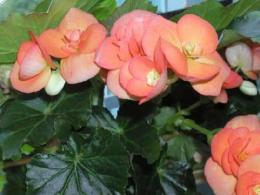
Begonia is one of the favorite indoor plants of many amateur gardeners. They are valued for their beauty and abundant flowering. With proper care, they bloom from spring to December, filling the interior with bright and unique colors.
Content:
- Lighting and temperature conditions
- Watering and fertilizing
- Soil and reproduction
- Possible difficulties
Lighting and temperature conditions
Begonia prefers bright, diffused light, but does not tolerate direct sunlight. Therefore, in the summer it is better to place it on the window sill of a window facing east or west. In winter, it will grow well on the south side.
The lack of sunlight or, on the contrary, its abundance can be judged by the appearance of the plant. Due to lack of light, the stem of the plant becomes elongated, its leaves turn yellow and fall off. Dry, spotted leaves indicate that they are exposed to hot sun rays.
Relation to temperature conditions different types of begonias unequal. However, most species of this plant can be considered heat-loving. The optimal summer temperature for good plant growth is +20-+23оС, winter – +16-+18оС. It is important to remember that none of the begonia species can tolerate even the lightest frosts. Therefore, if the plant grows on the balcony, it is advisable to move it to a warmer room for the winter.
Watering and fertilizing
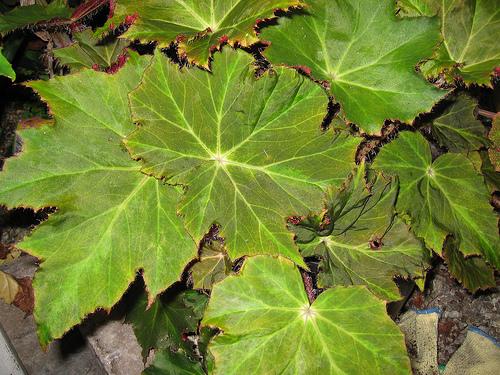
All begonias are considered moisture-loving plants.But at the same time, they cannot tolerate excess moisture - their roots and shoots begin to rot, and powdery mildew appears on the leaves.
In the warm season, the plant needs frequent watering - 2 times a week; in hot weather, it is advisable to water it daily. Watering should be moderate, the soil should be moist, but not wet. The presence of water in the pan of the pot indicates an excess of moisture.
Starting from the second half of autumn, the intensity of watering should decrease, and in winter it should be minimal, since at this time the plant is at rest. The air humidity in the room where the begonia is located should be high. To increase humidity, you can spray the air around the plant with a spray bottle, or use a humidifier.
The flower needs feeding during the growing season - from March to September. Twice a month it is necessary to apply complex fertilizers suitable for a particular type of plant to the soil. In winter, begonia does not need additional nutrition.
Soil and reproduction
Most begonia species are very demanding on soil. For tuberous begonias, the best option is nutritious, loose soil with neutral acidity. Heterotic begonias are less demanding; they can also be planted in dense soil.
Begonias grow and bloom well in a soil mixture, which consists of fertile humus soil, peat and sand, combined in a ratio of 1:1:2, respectively.
Begonias have a small root system, so for planting them you can purchase shallow but wide containers with a drainage hole.
Propagate begonias can be done in several ways:
- seed
- vegetative
- tuberous
- leaf cuttings
- stem cuttings
Begonia seeds are quite small, but with proper care they can produce quite a lot of planting material. For example, from 0.2 grams of seeds you can get about 1000 plants.
Sowing of seeds is carried out in late January - early February. This allows the plants to gain strength until autumn. To sow seeds, take a container filled with a homogeneous soil mixture of light soil, peat, and sand. The soil is slightly moistened and seeds are sown on its surface. The container is covered to avoid rapid evaporation of moisture and placed in a room where the air temperature is 22-25°C.
The first shoots can be seen 7-14 days after sowing. After the first leaves appear on the seedlings, they are dropped into separate containers.
The vegetative method of propagation involves division by children. To do this, cut off the top of the plant’s rhizome and plant it in a separate container, which is placed on the windowsill. After 4 weeks, new shoots will appear.
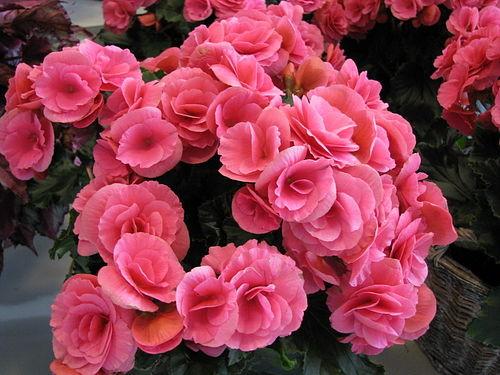
When dividing by tubers, the flower is carefully removed from the pot along with the earthen lump and placed in a dark, dry place. The leaves gradually dry out and after about 30-40 days the above-ground part of the plant dies.
The tuber is left in the soil for a few more weeks, after which it is carefully removed and placed in a container with peat for 2-3 months. All this time the tuber should be at rest, only occasionally should it be watered. After this, it is removed from the soil, divided into several parts, which are planted in separate pots.
If a large amount of planting material is required, you can use leaf propagation method. To do this, cut off a large leaf from an adult healthy plant, cut it into square cuttings about 2 cm long and plant them vertically or place them on the soil surface. After rooting, the cuttings are planted in separate containers.
To propagate by stem cuttings, cut a cutting with 1-3 buds, plant it in the soil and cover it with a transparent vessel or film. It is ventilated once every 2-3 days. Strengthening of the cutting occurs after 14-21 days. This means that it can be replanted in nutrient soil.
Possible difficulties
The most common problem that gardeners face when growing begonias is gray rot and powdery mildew that affect the leaves of plants:
- Gray rot affects the plant if it is in a damp, cold room, powdery mildew - if there is insufficient watering. In these cases, you should cut off the affected leaves and create favorable conditions for the flower to grow and develop. If begonia is significantly damaged, it should be treated with a special preparation.
- Yellow leaves indicate a lack of light, and brown leaves indicate sunburn. Leaf spotting can also develop when the leaves are regularly exposed to water.
- Drying of the buds and falling off of the buds occurs with a lack of nutrients or sudden temperature fluctuations. In these cases, the plant should be moved to another location with appropriate conditions for normal growth.
- From pests The plant is most often affected by aphids and red mites. In this case, the plant should be treated with special preparations.
In general, as practice shows, caring for begonias does not present any particular difficulties.With proper care, the plant is rarely attacked by pests and does not get sick, but pleases with its lush colorful flowering.
Watch the features of begonia care in the video:
Interesting information about the vegetable garden

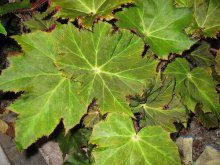
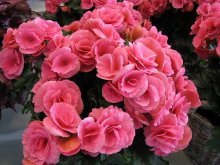
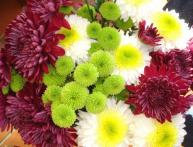

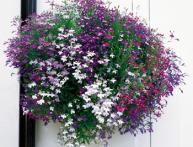
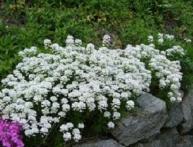

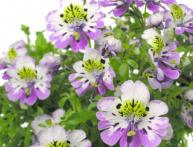
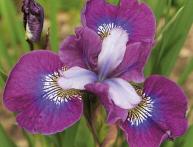
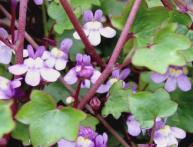
Comments
I love begonias. I planted several things, in different ways. But the stem cutting took off best. How do you propagate this beauty?